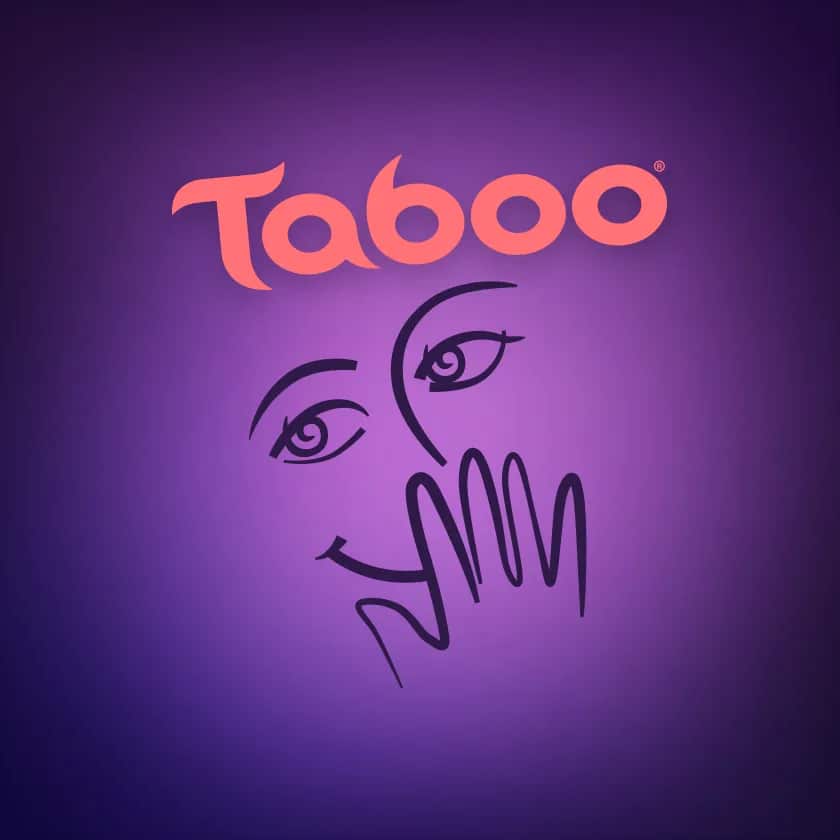
5 Phrasal Verbs Games for ESL Students
Phrasal verbs can be a tough element of ESL to approach with your class.
Your students have just learned the definitions of certain words… and now they have to learn all new definitions that seem to be completely arbitrary!
But once you break out these phrasal verbs games, you’ll see that learning phrasal verbs can be a whole lot of fun!
Contents
- 1. Phrasal Verb Boggle: For a Quick and Easy Class Intro
- 2. Catapult: For the Digital Classroom
- 3. Charades: To Wake Your Students Up
- 4. Taboo: For When Charades Gets Old
- 5. Phrasal Verb Matching: For Homework or Pair Work
Download: This blog post is available as a convenient and portable PDF that you can take anywhere. Click here to get a copy. (Download)
1. Phrasal Verb Boggle: For a Quick and Easy Class Intro
This activity is a great intro activity for the second or third day of learning phrasal verbs.
- Before your students arrive, create a boggle board on your chalkboard or whiteboard, with an assortment of letters. You’ll want to use quite a few letters, at least a 7×7 square.
- When your students arrive, give them one minute to write down as many phrasal verbs as they can find in the assortment of letters. You can decide what rules work well for your class’s level and how much time you have.
- When creating the board, always place the letters of the words and phrases you hope your students to find first. Then fill in the surrounding areas with assorted other letters. This can also be varied depending on your students’ level.
- As students become more advanced, use frequent English letters like “m,” “n,” “s” and “t,” which will throw them off. For beginners, use instead more infrequent letters, like “x” and “z,” so that they have less of a chance of using the wrong letters.
- To gain the most from this activity, be sure to check everyone’s work. First, ask your students how many words they found by asking for a show of hands (i.e. “How many of you found one word? How many found two words? etc.)
- The last student with their hand up (so the person with the most words) gets to come up and write them on the board. You can then correct as needed, with help from other students. After the original list is corrected, invite any students who have suggestions that are not on the list to come up and add them.
This game is great for remembering the different pairings of prepositions and verbs, but because it doesn’t reinforce the meaning of the words, you should not rely solely on this game for teaching phrasal verbs.
2. Catapult: For the Digital Classroom
If you have iPads in your classroom or use the computer as part of your teaching style, then this online game, Catapult, is a great tool for teaching phrasal verbs. The game is ideally used as a friendly competition-style game, but it can also be played by just one person or team.
The game works as follows:
- A sentence is presented with a missing portion of a phrasal verb.
- Students must read the sentence and choose from three options to fill in the blank.
- The graphics place the team in two towers, and their phrasal verb skills will help them catapult the other team out of its tower.
We like this game because it’s simple to understand and play, making it perfect for short periods of time. This game is great if you have five or ten minutes left over at the end of class and need a time-filler. Just split your class into two teams, and have them line up down the center of the classroom. Give each classroom a sign or baton to use as a “buzzer,” and have two students face off for every question.
It’s also great for quicker students in the classroom; put students who have finished any in-class work in pairs and allow them to quietly play a round of this game while other students finish their work.
3. Charades: To Wake Your Students Up
Getting students up and moving in the classroom is a great way to keep them focused. Charades is a game that most students already know, so it’s easy to use for teaching phrasal verbs.
- Write some of the more physical phrasal verbs on slips of paper and fold them up, placing them into a hat or bowl.
- Students can draw the phrasal verb and must act it out without using any words or sign language.
- Decide whether hand-raising or calling out is better for this game, based on your classroom and students.
- Either way, the person who guesses the phrasal verb correctly gets to go next!
4. Taboo: For When Charades Gets Old
You can only play charades so many times! Taboo is another option that not only allows you to change it up a little bit, but also affords the student an on-the-spot opportunity to speak a bit too.
Taboo is a card game that you can easily recreate in the classroom. You can either use folded pieces of paper, as in charades, or you can make your own laminated cards to reuse time and time again.
- The idea of Taboo is that you must describe a word (in this case, phrasal verb), without using the words on the card. Here’s an example:
- For “grow up,” a student could say, “This means when children are getting older.” The student can keep talking and giving more clues until another student finds the right answer, but they cannot use the word “grow” or “up.”
- For more advanced learners, you can make the game more challenging by adding a few extra “taboo” words to each card, such as “age,” “older” and “children” for the “grow up” card.
- They’ll have to be more creative in their descriptions, and might give a clue such as, “When you are born, you are small, but you do this and become an adult.”
5. Phrasal Verb Matching: For Homework or Pair Work
If you need a short activity to occupy some of your quicker learners, or want to give students some work to do at home, phrasal verb matching is a great game to play.
In order to play phrasal verb matching, you will need to create a series of matching cards with the phrasal verb on one card and the definition on the other. Your interpretation of the definition can vary; here are a few fun ideas:
- Use an English synonym or approximate synonym of the phrasal verb
- Use a true dictionary definition of the verb
- Use a drawing or image of the phrasal verb (many are physical, so this is fairly easy to do!)
Hand out the cards and allow students to play a matching game in pairs, placing all the cards face down in front of them and trying to find the matching pairs. This can also be used as a solitary activity when timed, for homework or individual work in the classroom.
Phrasal verbs games are a great way to reinforce phrasal verbs, but the fun doesn’t stop here! Be sure to back up your games with great writing exercises to keep students using the words they learn, and keep them talking in class so that they can keep up with the curve!
Download: This blog post is available as a convenient and portable PDF that you can take anywhere. Click here to get a copy. (Download)





